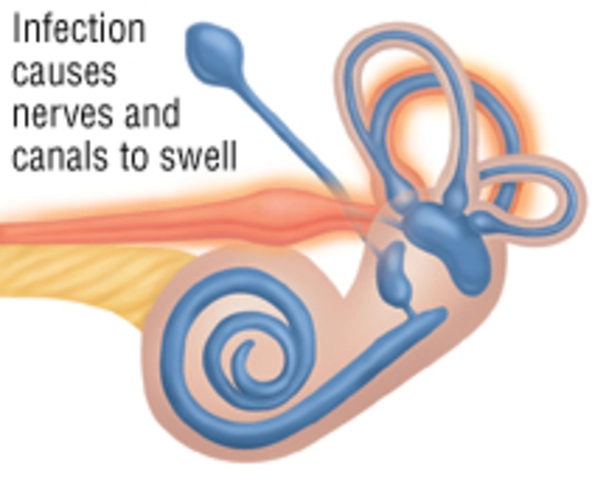Pudendal Neuralgia: What It Feels Like and What You Can Do
Sharp, burning, or electric pain in the genital, perineal, or rectal area that gets worse when you sit — that’s a common way people describe pudendal neuralgia. It’s pain from irritation or compression of the pudendal nerve, and it can upend daily life. The nerve controls sensation in the pelvic area and helps with bowel, bladder, and sexual function, so symptoms often feel intense and personal.
Pudendal neuralgia doesn’t always come from one clear event. Causes include pelvic trauma (like a fall or childbirth), prolonged cycling, pelvic surgery, tight pelvic muscles, or scar tissue that traps the nerve. Some people get symptoms after long periods of sitting or after repetitive strain. Risk factors include heavy cycling, pelvic surgeries, and pelvic floor muscle tension.
How doctors diagnose it
There’s no single test that proves pudendal neuralgia. Diagnosis starts with a careful history and exam focused on where the pain is and what makes it better or worse. Doctors often use the Nantes criteria (pain in pudendal distribution, worse when sitting, pain not waking you at night, no loss of sensory function) as a guide. Imaging like pelvic MRI helps rule out other causes. A pudendal nerve block — an injection of local anesthetic near the nerve — can be both diagnostic and therapeutic: if the block gives relief, it points to the pudendal nerve as the pain source.
Electrodiagnostic tests (EMG) and nerve conduction studies may be used but have limits. Because this is a niche problem, seeing a pelvic pain specialist, neurologist, or pain clinic gives the best chance of an accurate diagnosis and coordinated care.
Treatment options and day-to-day tips
Treatment usually combines several strategies. Start with conservative steps: avoid prolonged sitting, use a cut-out or wedge cushion to reduce pressure, and change cycling habits or bike setup if you ride. Keep bowel movements regular to avoid straining — add fiber or stool softeners if needed.
Medical options often include neuropathic pain medicines (like gabapentin or tricyclic antidepressants), prescribed and monitored by your doctor. Pelvic floor physical therapy can relax tight muscles that compress the nerve; therapists use manual release, biofeedback, and home exercises. Some patients get relief from image-guided pudendal nerve blocks or steroid injections. For stubborn cases, treatments such as botulinum toxin injections or nerve decompression surgery are considered, usually after careful evaluation and attempts at less invasive care. Small case series and specialist reports show meaningful improvement with nerve blocks and targeted physical therapy for many patients.
Keep a symptom diary: note triggers, sitting time, bowel habits, and what helps. That record helps your clinician tailor treatment. If you have new bladder or bowel loss, sudden severe pain, or thoughts of harming yourself because of pain, seek urgent medical care. Pudendal neuralgia is treatable in many cases, but it often needs a stepwise plan and patience.
Next steps you can take today: try a pressure-relief cushion, schedule a pelvic floor PT consult, and bring your symptom diary to your doctor. If conservative care doesn’t help, ask about a diagnostic pudendal nerve block or a referral to a pelvic pain specialist. Small changes plus the right medical support often move things forward when pudendal nerve pain causes trouble.




